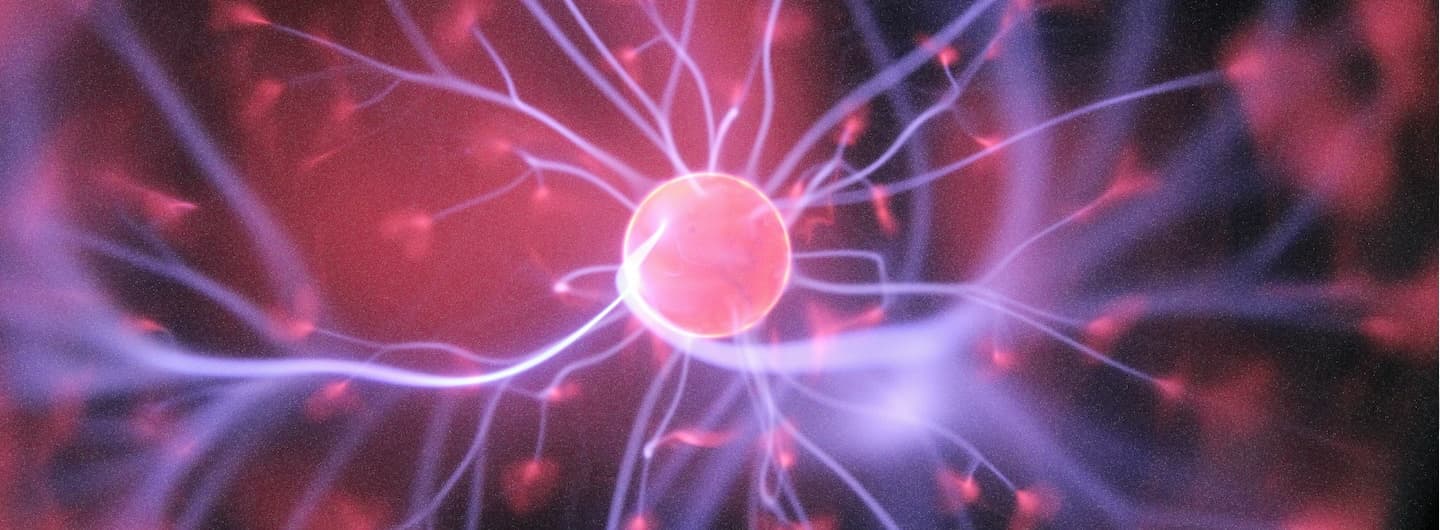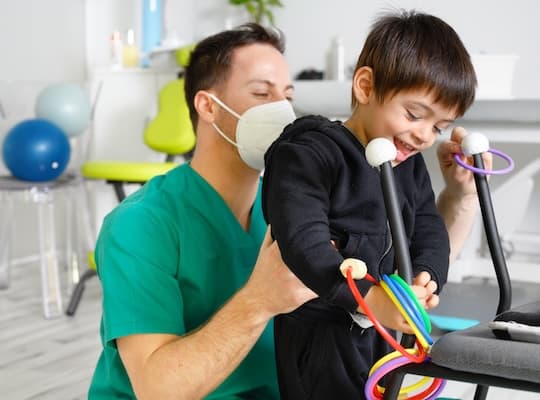1. Alliance, C.P. research.cerebralpalsy. Facts about cerebral palsy. 2015 [cited 2017 Nov 17]; Available from: https://www.cerebralpalsy.org.au/what-is-cerebral-palsy/facts-about-cerebral-palsy/.
2. Oskoui, M., et al., An update on the prevalence of cerebral palsy: a systematic review and meta-analysis. Dev Med Child Neurol, 2013. 55(6): p. 509-19.
3. Surman, G., et al., Children with cerebral palsy: severity and trends over time. Paediatr Perinat Epidemiol, 2009. 23(6): p. 513-21.
4. Marchand, V., K.J. Motil, and N.C.o. Nutrition, Nutrition support for neurologically impaired children: a clinical report of the North American Society for Pediatric Gastroenterology, Hepatology, and Nutrition. J Pediatr Gastroenterol Nutr, 2006. 43(1): p. 123-35.
5. Romano, C., et al., European Society for Paediatric Gastroenterology, Hepatology and Nutrition Guidelines for the Evaluation and Treatment of Gastrointestinal and Nutritional Complications in Children with Neurological Impairment. J Pediatr Gastroenterol Nutr,2017.65(2): p. 242-264.
6. Sullivan, P.B., Gastrointestinal disorders in children with neurodevelopmental disabilities. Dev Disabil Res Rev, 2008. 14(2): p. 128-36.
7. Andrew, M.J., et al., Optimising nutrition to improve growth and reduce neurodisabilities in neonates at risk of neurological impairment, and children with suspected or confirmed cerebral palsy. BMC Pediatr, 2015. 15: p. 22.
8. Healthychildren.org. Cerebral Palsy 2015 Nov 21, 2015 [cited 2017 Dec 12]; Available from:https://www.healthychildren.org/English/health-issues/conditions/developmental-disabilities/Pages/Cerebral Palsy.aspx
9. Reddihough, D.S. and K.J. Collins, The epidemiology and causes of cerebral palsy. Aust J Physiother, 2003. 49(1): p. 7-12.
10. Palisano R et al. Development and reliability of a system to classify gross motor function in children with cerebral palsy. Dev Med Child Neurol. 1997;39(4):214-23.
11. Penagini, F., et al., Dietary Intakes and Nutritional Issues in Neurologically Impaired Children. Nutrients, 2015. 7(11): p. 9400-15.
12. Herrera-Anaya, E., et al., Association between gross motor function and nutritional status in children with cerebral palsy: a cross-sectional study from Colombia. Dev Med Child Neurol, 2016. 58(9): p. 936-41.
13. Delalić, A., Body Mass Index in Cerebral Palsy Patients with Various Motor Severities. Paediatrics Today, 2014. 10(2): p. 95-103.
14. Pascoe, J., et al., Body mass index in ambulatory children with cerebral palsy: A cohort study. J Paediatr Child Health, 2016. 52(4): p. 417-21.
15. Leonard, M., et al., Nutritional status of neurologically impaired children: Impact on comorbidity. Arch Pediatr. 2020 Feb;27(2):95-103.
16. Marchand, V., A practical approach to nutrition care in neurologically impaired children., in Clinical Nutrition Highlights 2012, Nestlé Nutrition Institute
17. Sullivan, P.B., et al., Impact of feeding problems on nutritional intake and growth: Oxford Feeding Study II. Dev Med Child Neurol, 2002. 44(7): p. 461-7.
18. Arvedson, J.C., Feeding children with cerebral palsy and swallowing difficulties. Eur J Clin Nutr, 2013. 67 Suppl 2: p. S9-12.
19. Quitadamo, P., et al., Gastrointestinal and nutritional problems in neurologically impaired children. Eur J Paediatr Neurol, 2016. 20(6): p. 810-815.
20. Content source: National Center on Birth Defects and Developmental Disabilities, Centers for Disease Control and Prevention (CDC website).
21. Sullivan PB. Nutrition and growth in children with cerebral palsy: setting the scene. Eur J Clin Nutr. 2013;67(Suppl 2):S3-4.
22. Del Giudice E et al. Gastrointestinal manifestations in children with cerebral palsy. Brain Dev. 1999;21(5):307-11.
23. Braegger, C., et al., Practical approach to paediatric enteral nutrition: a comment by the ESPGHAN committee on nutrition. J Pediatr Gastroenterol Nutr, 2010. 51(1): p. 110-22.
24. Dipasquale V. et al. Early Tube Feeding Improves Nutritional Outcomes in Children with Neurological Disabilities: A Retrospective Cohort Study. Nutrients 2023, 15, 2875.
25. Rempel G. The Importance of Good Nutrition in Children with Cerebral Palsy. Phys Med Rehabil Clin N Am 26 (2015) 39–56.
26. Dipasquale V. et al. Tube Feeding in Neurologically Disabled Children: Hot Topics and New Directions. Nutrients 2022, 14, 3831.
27. O’Connor G. et al. Monitor gastrointestinal tolerance in children who have switched to an “enteral formula with food-derived ingredients”: A national, multicenter retrospective chart review (RICIMIX study). Nutr. Clin. Pract. 2022;37:929–934.
28. O’Connor G. et al. The impact of an enteral formula with food‐derived ingredients on dietetic practice at a specialist children's hospital in the UK: Retrospective study. J. Hum. Nutr. Diet. 2024;1–9.
29. Lionetti P. et al. Use of fiber-containing enteral formula in pediatric clinical practice: an expert opinion review. Expert Rev Gastroenterol Hepatol. 2023;17(7):665-675.
30. Brooks J. et al. Low Weight, Morbidity, and Mortality in Children With Cerebral Palsy: New Clinical Growth Charts. PEDIATRICS 2011;128(2):299-307.





